Thomas Mondrup
|
|
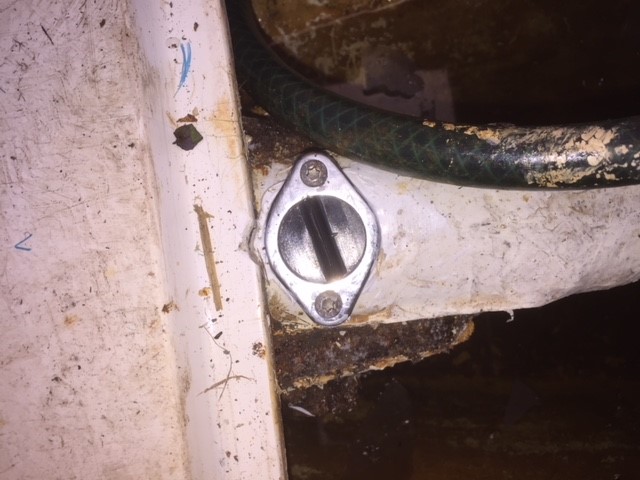 Hello I am new SeaHawk owner. I just introduced 'Totte', but since I could not see the post I am just making a second intro to check if the post comes immediately? Again, many thanks for a great site. Does anyone know what the displayed lid is for? I am guessing that it could be for lubrication? Happy Sailing, Thomas |
|
|
Hi Thomas,
Welcome to SeaHawk ownership and the forum (You are now officially a "Member". That means you should be able to post in other areas of the forum and not just the "Introduce Yourself" area.) It seems that your earlier post went missing somewhere. All that managed to get through was this post.(So we've missed the normal introductory post telling where you sail, a little of your boating experience and such like. We'd love to hear a little of that!) As for the picture... If I am seeing a small hatch in the top of the keel housing immediately above where the two plates sit that support the keel pivot point, then that is certainly non-standard and your guess about its purpose is probably as good as the next man's. The two plates appear very well corroded. That suggests to me that the bilges may have spent a fair time filled with water, maybe salt water, so your theory about lubrication of the pivot is plausible - but I'd have said - shouldn't be necessary. The only other theory I can come up with is that the hole was used to thread a wire through in order the hoist the keel into position and hold it while the pivot bolt was secured. If you were working single handed that might be the easiest way to tackle the job?
Greg Chapman
GregAfloat - My Boating Biography |
|
|
Hello again
I am a new SeaHawk owner as well as a new boat owner. 'Totte' is my first boat and she recently relocated to Dragoer near Copenhagen. When I have learned how to fix my boat, and subsequently how to sail her, I hope to cruise around in Oresund and the Baltic Sea. I am optimistic that she can carry wife, 3 children, me and a dog. I think Totte is an early Moore & Son boat. She has a Moore & Son sticker and the original cockpit lockers. The previous owner had here sitting on a trailer for a year and insisted that she was a Pedro. Reading this site, I do not agree. Maybe some of the sailplan is from a Pedro? But the boat clearly looks llike a SeaHawk. I have not looked much at the sails yet. They do not have any Seahawk logo and I suspect that they are not the original sails. She has a crack in the top of the keel-lifting-arrangement that could indicate a violent past. Also holes have been made in a cockpit locker and near the keel housing. I suspect this has been done to be able to drain here at some point of time. Currently she is dry in the rooms that these 2 holes open up to. But she has some water in each of the bilge keels and at the low center around the keel housing near the pivot point (which I assume is the same room). The water taste 'fresh', except in one side where I also see a crack from the inside that does not appear from the outside. I am considering if I should fill her up with water from within to check for leaks, or if I should just clean here and repair the visible crack near side bilge keel and reinforce the socket of the center keel? And do some anti-rust work near the pivot point and the supportive plates. From the outside she looks really fine. I hope to have her in the Sea by July. BR Thomas 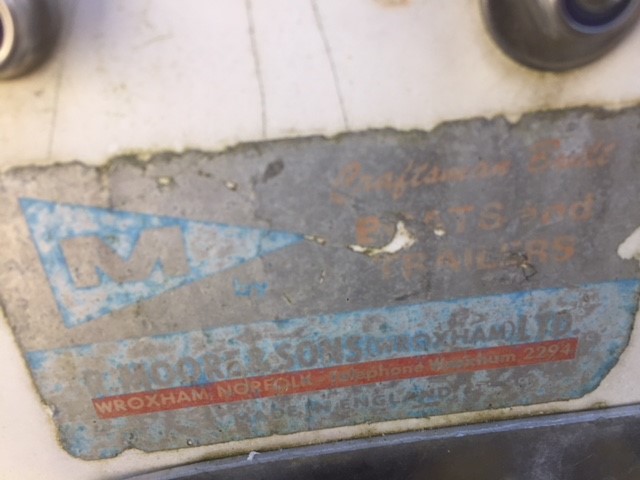 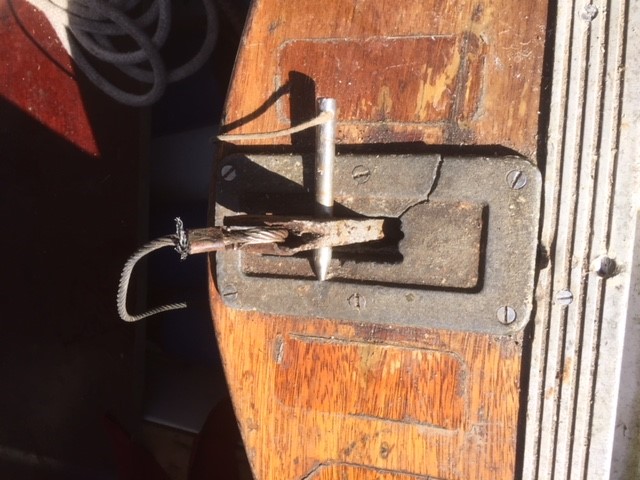 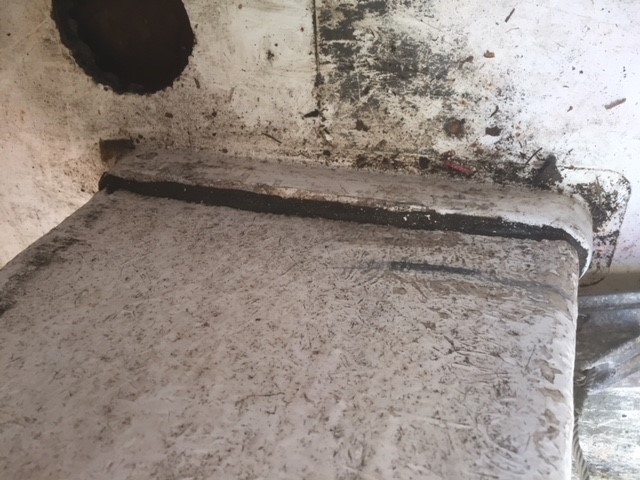  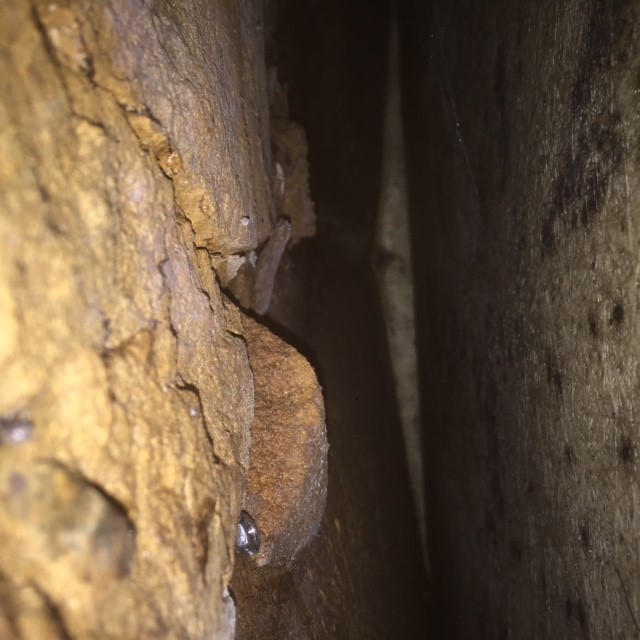 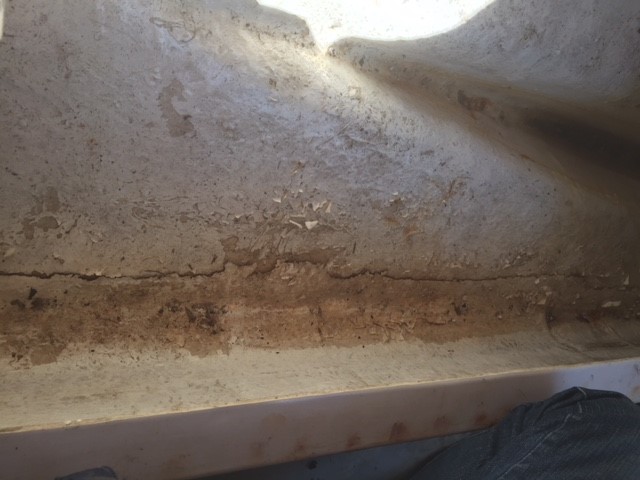 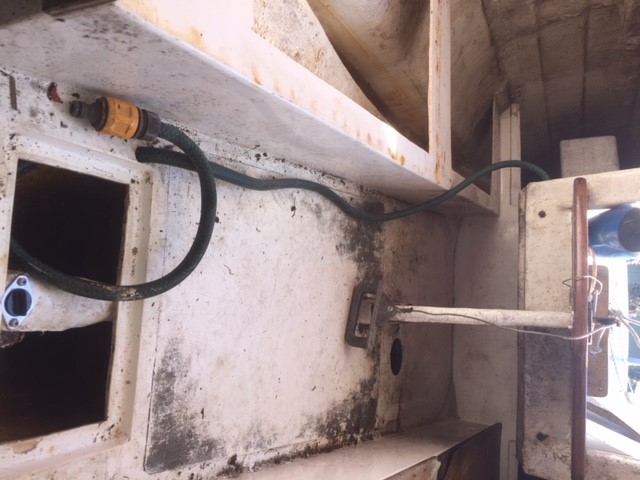
|
|
|
Hi Thomas,
A SeaHawk should be able to take two adults, three children and a dog, but I would try to persuade at least two of the children and the dog to stay well forward in the cabin, in order to keep the boat stern from digging too deep in the water for good sailing. You are right. You own a SeaHawk, not a Pedro. the lifting keel and shape of the cabin are proof of that. Holes at the bottom of cockpit lockers of Moores boats are normal, as shown in the last photo in this part of the page: http://www.seahawk17.org.uk/boat-description-abovedecks.php#lockers They allow the locker to drain. I cannot account for the circular hole in the cabin floor, but I doubt it was for draining the space underneath. If there is a similar hole in the cockpit to that that we see in the cabin, I would guess that it was to allow a pipe or cable to be passed between the two points. When a boat has been stored ashore, the most likely reason for water in the bilge fin depressions are either leaking windows or condensation forming inside the cabin. Assuming the boat is kept level, all other water in the hull drains to the lowest point, which, as you suspect, is the hatch where you access the keel pivot. That water will either be from leaks around the fixing for any fittings, such as hand rails or fairleads, or condensation. If the sixth of your pictures shows the "crack" then I think that is just a failed seam where the inner moulding is meant to be attached to the hull. Taken together with the repair (grey paste?) to the base of the keel housing that I see in the third photo and the crack in the aluminium moulding on the cabin step, my best guess would be that at some point the boat may have grounded on a falling tide with the keel down and this caused the stress that caused the hull to flex slightly separating the inner hull moulding from the hull. I don't think the separation of the inner moulding and hull is serious and fresh resin can be applied to fix that. I would be slightly more concerned about the repair around the base of the hull. Other boats have suffered a crack there and I recall one reporting that a crack had also formed within the slot in which the keel plate sits. That had let water into the ballast in the main keel and had proved difficult to repair. I am not clear what picture 5 shows. Could it be the concrete and scrap iron ballast that should be sealed and hidden within the main keel? I am concerned if you can see that! I've only heard reports of that being visible in the first 150 Reedcraft-built boats. I welcome thoughts from other owners who have done work on the keel of their boat.
Greg Chapman
GregAfloat - My Boating Biography |
|
|
Hi Greg
Many thanks for the swift replies. The hole drilled near the keel, shown on one of the pictures, has a diameter of approximately 10 cm. The picture of the ballast material is taken through this hole. The other hole, the one in the cockpit locker, is of similar size and it is made in the bottom of the locker (not in the side as show for the Moore style locker you referred to). My lockers are the typical Reedcraft ones. And, yes, the little hatch is indeed located just above the pivot bolt. Thank you for the advice for sailing with the full family crew. I guess I should consider a comfortable arrangement in the front of the cabin (that still allows exit/access via the front hatch). BR Thomas |
|
|
Hi Thomas,
Thanks for confirmation of where the holes are. I'm still inclined to believe that the two 100mm holes are likely to have been drilled to enable a cable to be run between the two points. I have never seen another photo showing exposed ballast in the position you describe. All I would expect to see in that area is GRP as I understood that on all later boats the ballast is fully sealed and that the slot that holds the keel is also lined in GRP. Hopefully, someone who has worked on the own keel will post a message describing what they have found in that area. 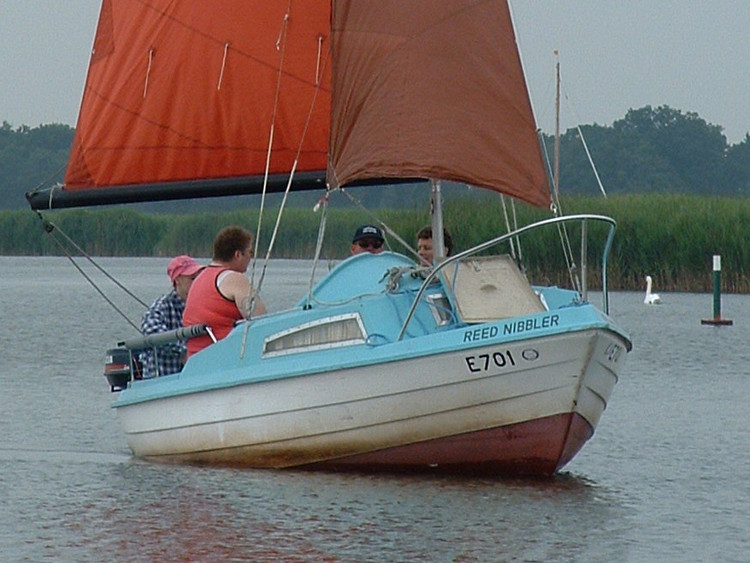 As for the crew, I took this picture in 2004 and it shows how the weight of four adult crew can tilt the boat. For best sailing performance I believe that all the "planks" on the hull should be close to horizontal.
Greg Chapman
GregAfloat - My Boating Biography |
«
Return to Introduce Yourself
|
1 view|%1 views
| Free forum by Nabble | Edit this page |

